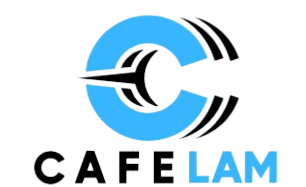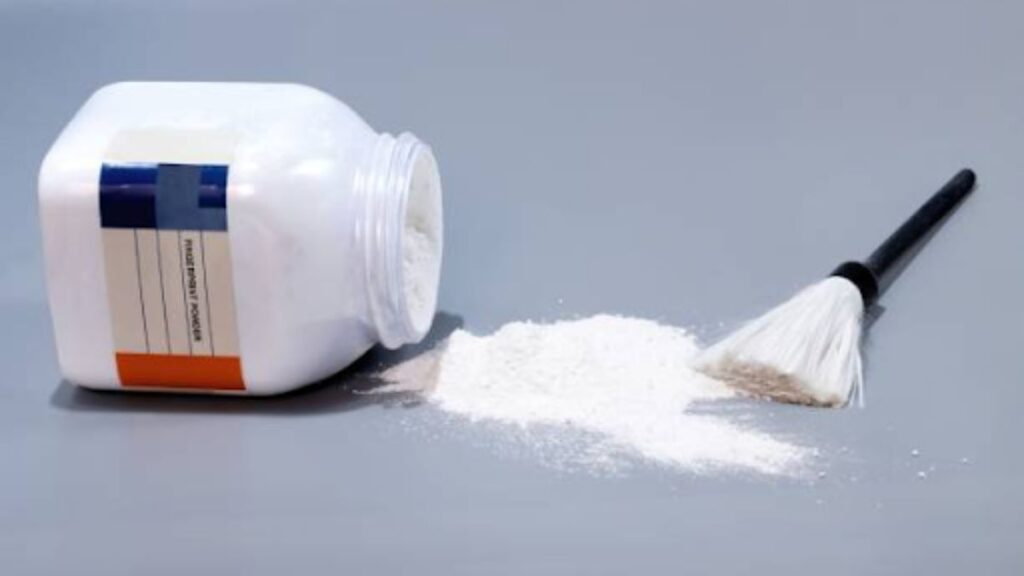In food processing, pharmaceuticals, chemicals, and nutraceuticals, powder-based goods still rule the factory floor. Products range from ultra-fine ingredients, like baby formula or food-grade protein, to coarser mixes such as spice blends or casting sand. Because each powder flows, settles, and creates dust in its own way, packing them without mess or waste is never simple.
That’s why many manufacturers now choose modern powder packaging solutions that promise speed, hygiene, and pinpoint weight accuracy. At the heart of these systems sits the automatic canning machine, a workhorse for firms intent on scaling up while keeping every can tightly sealed and clean.
In the sections that follow, we’ll explore the latest engineering breakthroughs in powder packing, and show why moving to automated, intelligent lines is a wise play for firms that plan to grow steadily.
The Complexity Behind Powder Packaging
Packing a powder isn’t as simple as pouring it into a jar. Each powder behaves in its own way, and those behaviors decide how the product is fed, measured, and sealed. Some of the biggest points to watch are:
- Flowability. Fine powders can clump and need shaking or gentle vibration to slide. Coarser, granulated goods flow on their own, so a simple gravity feed does the job.
- Dust Generation. Almost every powder gives off tiny clouds that drift in the air. Those clouds can irritate lungs and can also settle on nearby machines, costing time and cleaning effort.
- Electrostatic Properties. Many powders build static charge and stick to bags, hoppers, or even sensor lenses.
- Density Variations. A mix must be homogenous, so every scoop weighs the same.
Because of all these variables, today’s production lines use modular systems instead of one-size-fits-all machines. Each module can be reconfigured to handle dosing, filling, sealing, and final checks in a single workflow.
Tailored Filling Technologies for Different Powder Types
The heart of any powder line is its filling device, and the right device depends on the material coming through:
- Auger Fillers. When powders are dense, cohesive, or otherwise reluctant to flow-milk powder, spice blends, many pharma ingredients-an auger delivers steady, repeatable portions through a rotating helical blade.
- Volumetric Cup Fillers – Handy for filling bags or jars with rice, sugar, or coffee grounds.
- Vacuum Fillers – Ideal when the product is light and any trapped air needs to be sucked out.
- Vibratory Feeders – Shake the line gently so delicate flakes or mixed powders stay intact.
An automatic canning machine usually combines a couple of these feeders, giving each jar or can just the right amount before sealing it shut. Doing so speeds up the line, cuts waste, and also helps keep food fresh longer by adding nitrogen gas or creating a light-proof vacuum.
With those systems linked, powder packing gear and the canning machine can take raw material in one end and spit out labeled, sealed containers at the other.
Dust Control and Hygiene in High-Speed Environments
In factories that serve food or medicine, clean equipment and air is more than good practice-it’s a legal must. Dust clouds from powder handling can grind down parts, make workers sick, and even spoil a batch if they settle where they shouldn’t.
That’s why today’s powder packaging lines come with:
- HEPA-filtered booths that grab airborne dust before it spreads.
- Welded hoppers and sealed augers that keep every gram inside.
- CIP (Clean-in-Place) setups that wipe the machine clean on a schedule.
- Dust-hood ports that plug straight into the plant’s air system.
On top of that, builders now use stainless steel finished with smooth welds and gentle angles, so little corners don’t hide powder. These upgrades let the automatic canning line pass audits and run longer with faster product changeovers.
Real-Time Monitoring and Automation Integration
Now that smart factories are the goal, powder-packaging gear is designed to plug into the digital network. Modern automatic canning machines can add:
- Touchscreen HMIs that show stats and let operators tweak settings on the fly.
- Load-cell scales that double-check every fill by weight.
- SCADA or MES hooks for instant production reports and remote troubleshooting.
- IoT sensors that signal when flow falters, motors strain, or hoppers run dry.
By pooling this info, supervisors spot slowdowns, plan maintenance early, and keep quality steady shift after shift. That level of oversight matters most for co-packers and OEMs that juggle many products or ride peak-and-valley demand.
Versatility and Modularity for Future-Proofing
Shoppers are pickier than ever, and product catalogs seem to multiply overnight. Because of this, packaging lines that can change quickly now set winning brands apart. Engineers are designing new systems to be plug-and-play, so plants can easily:
- Swap out tools to package tall slim cans or short wide cans in minutes.
- Run multiple lanes at once when orders surge.
- Adjust fill weights on the fly for diet sodas or energy drinks.
- Handle aluminum or PET containers without costly changeovers.
- Link smoothly to labelers, coders, and pallet robots already on the floor.
This kind of modular setup lets food and beverage makers grow step by step. They can add stations instead of replacing an entire line, keeping capital costs down and protecting their investment.
Plus, companies can launch with semi-auto equipment and switch to full automation later as demand climbs, turning an automatic canning machine into a partner, not a burden.
Conclusion
Powder packaging has moved far beyond simple scooping and sealing. Today, brands face a wider variety of formulas and stricter quality checks than ever before. That means they need smart, clean, and expandable production tools that hit targets and please picky customers.
If your line-up includes super-fine protein powder, loose coffee grounds, or fragrant dried herbs, today’s powder packaging machines are built to handle each one quickly and carefully. When these systems work alongside an automatic canning line, companies cut spoilage, boost quality checks, and move smoothly from raw ingredient to labeled, ready-to-sell product.
For businesses that want to stay efficient and competitive for years, the next step in powder packing is flexible, connected, automated equipment.







